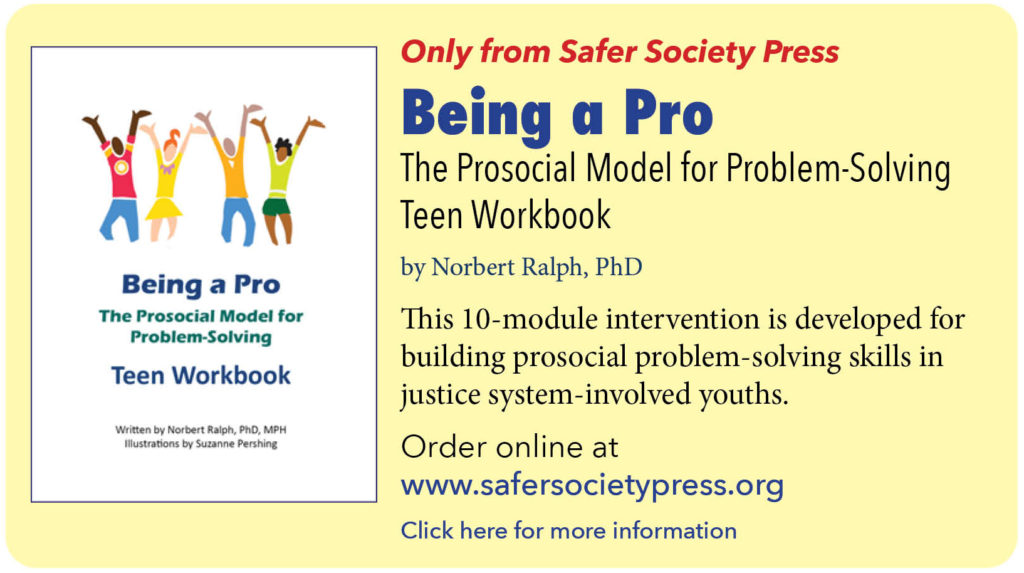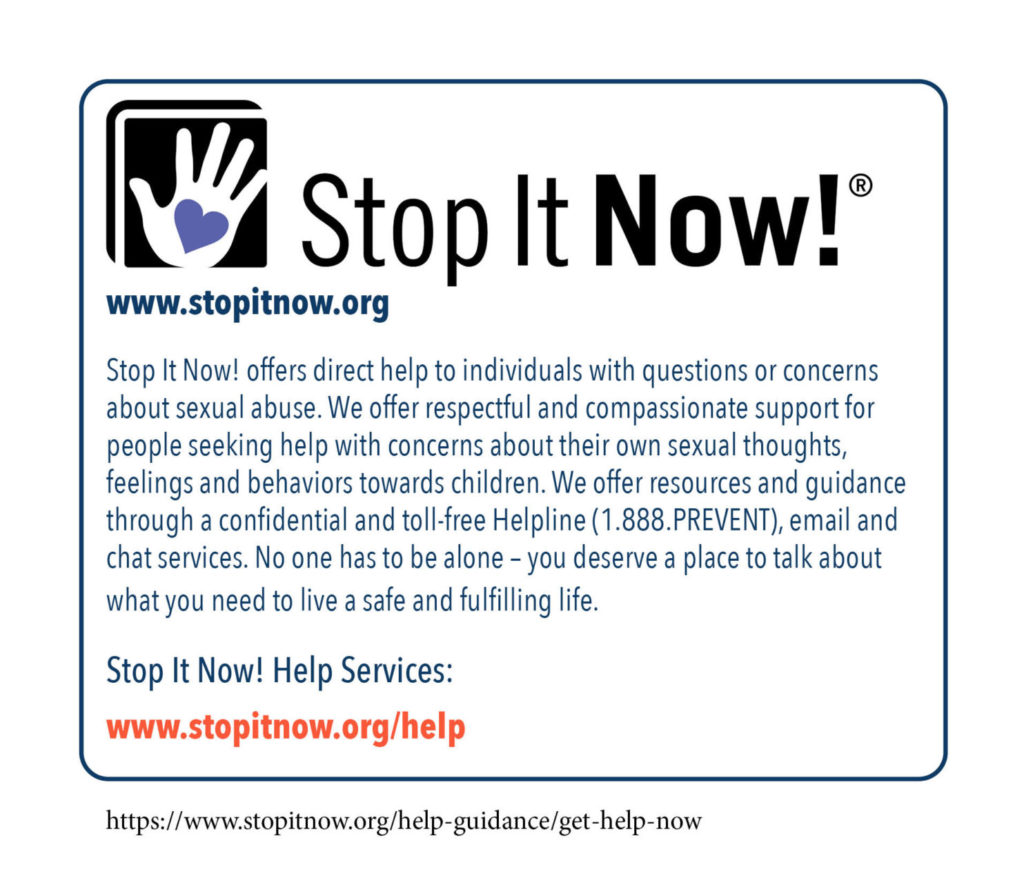Encountering Child Sexual Abuse in Your Work
By Constance Delgiudice, EdD
Have you ever found yourself in this situation? A child or adolescent comes to you for some other presenting problem, but in the course of working with you, and learning to trust you, reveals that they are being sexually abused. What do you do?
Step #1. Report
Although reporting requirements may be different in different jurisdictions, as a helping professional, most typically in the United States you are mandated to report any suspicions of child abuse either to child protective services or the local police. Period. Full stop.
Step #2. Refer for Further Evaluation or Treatment
Working with a child suffering from current or past sexual abuse is a complex task. If you have not been sufficiently trained to do this work, or do not have the appropriate level of skilled supervision, you should refer the case to a trained professional.
But What If?
What if you do not have the training or experience, and you work in a rural or low-income urban area where there are no trained professionals available for referral? Or, what if there is a trained professional available for referral, but you have built a relationship with the child and have gained enough of their trust that they felt safe revealing their secret to you? Do you keep working with the child and muddle through as best you can?

What Is The Likelihood of Such A Thing Happening?
According to the USDHHS Child Maltreatment Survey, 47,124 American children were sexually victimized in 2018.1 Statistically speaking, out of a U.S. population of 74 million minors, that’s not a lot. But, you have a choice. You can bank on the odds that you won’t encounter child sexual abuse in your work or you can better prepare yourself to deal with it, if and when it comes your way.
Will I Recognize It When I See It?
If a child reports to you that they are being sexually abused, action is required on your part. But in many cases, recognizing the reality or possibility is not so straightforward. Under these circumstances, recognizing the possibility or likelihood of child sexual abuse is based upon the young person’s presentation of identifiable symptoms that are associated with sexual victimization. However, although childhood sexual abuse appears in the Diagnostic and Statistical Manual of Mental Disorders, 5th Edition (DSM-5), it is not a disorder with identifiable diagnosable criteria, such as mania, depression, obsessive thoughts, behavioral acting out, and so on.

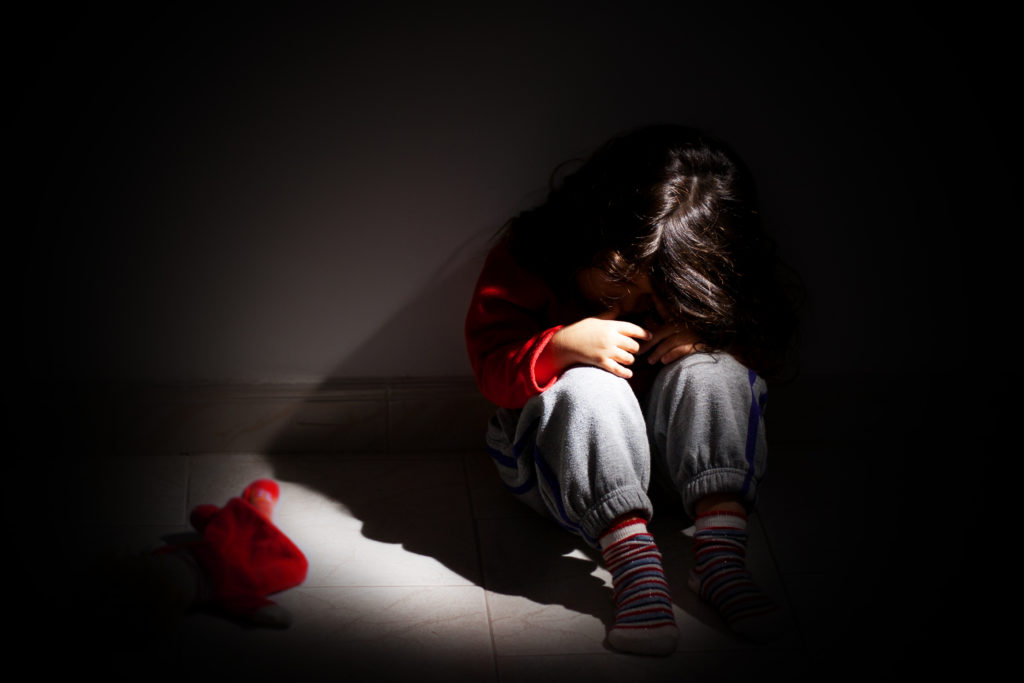
Instead, symptoms are most likely to be evident in emotional or behavioral difficulties, which maybe short- or long-term in children and adolescents. In the short term, it is not uncommon for a child to begin to experience somatic symptoms, crying spells, sadness, sleep disturbance, anger, anxiety, isolation, loss of appetite, avoidance of particular relationships or relationships in general, or changes in school performance. Prolonged responses to child sexual victimization can include persistent fatigue, sleep disorders, post-traumatic stress disorders, and tension reduction behaviors, such as self-injury, problematic sexual behavior, bulimia, and excessive risk-taking.2
Understanding The Child’s Experience: The Child Sexual Abuse Accommodation Syndrome
Although it has been a source of controversy, the CSAAS3 nevertheless provides a helpful set of ideas. It is a simple model that can help us understand a child’s experience and/or reactions when being sexually abused, grouping typical experiences of children into five categories (see, for example, South Eastern CASA4).
1. Secrecy
Keeping the secret is one aspect of what sustains the abuse. The child is manipulated, coerced, or threatened by the abuser into not telling a caregiver until the child becomes unable or unwilling to reveal the abuse.
2. Helplessness
Helplessness is inherent in the power differential between the abuser and the child, and it is compounded when the abuser is a trusted family member or friend. Indeed, children are taught to listen to and obey adults—especially when they are family members. It is understandable when children feel they have to submit and keep the secret.
3. Entrapment and accommodation
Entrapment and accommodation occur when a child wants to stop the sexual abuse, but believes they have no choice but to endure it. The child may believe there is no possibility of rescue, for example, because they know they or someone else in the family will suffer in some way if they act to end the abuse.
4. Delayed, conflicted, and unconvincing disclosure
Adults who ask a child to disclose abuse must recognize that this request may precipitate an acute crisis for the child. Initial disclosures may be fraught with anxiety, inconsistencies, and retractions. Because the child may have used various defensive mechanisms to cope with the abuse, their response to being asked to disclose may lack coherence.
5. Retraction
Children who do disclose abuse may be flooded with guilt, fear, and feelings of betrayal or confusion. The responses of adults to whom they have disclosed may frighten them further. For example, the child may fear being removed from the home or causing other family members to suffer. All this may make the child retract the disclosure. Children tend to gravitate towards the safety of a familiar environment, no matter how painful it is. Most abused or neglected children remain loyal to their families and, if given a choice, frequently want to stay with their abusive parents.
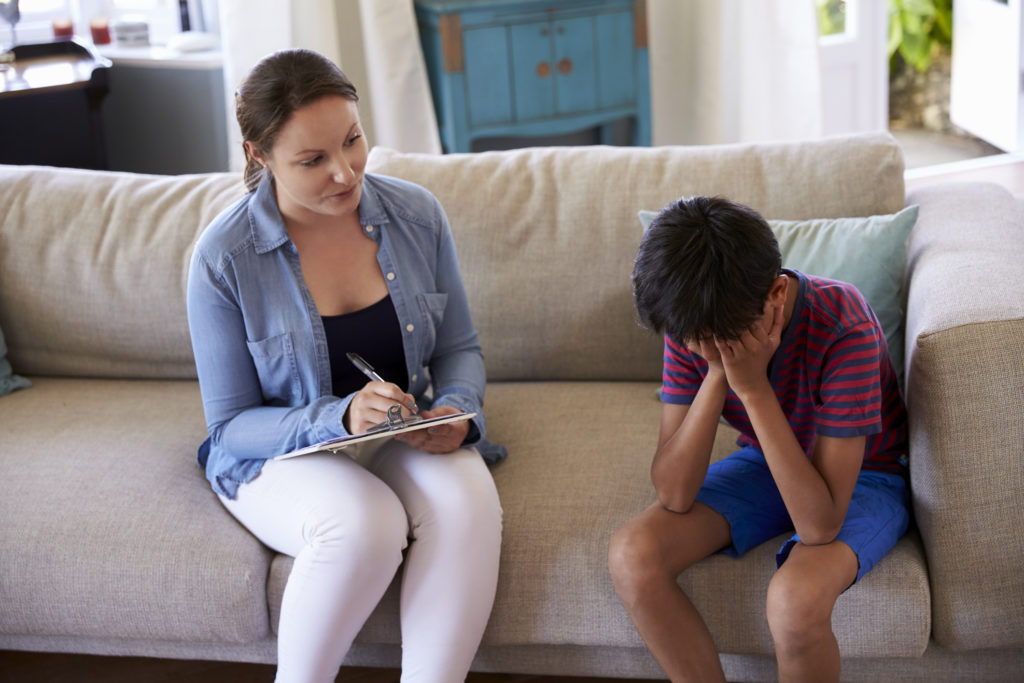
Tips for Practitioners
As a helping professional, sooner or later you are likely to be faced with the challenge of helping a young person presenting with symptoms of sexual abuse. These tips may help you prepare for that time:
• Become familiar with abuse reporting laws in your state. These are easily accessible online by searching “mandatory reporting laws” for your state.
• As basic practice, inform your clients, and their legal guardians, face to face, about mandatory child abuse reporting. You don’t want to set up your clients, their legal guardians, or yourself, by developing a relationship in which they expect confidentiality and you later have to report a concern to Child Protective Services.
• Become knowledgeable about child abuse and its negative effects. It is not unheard of for practitioners to sometimes fail to recognize important clues, or the effects of sexual abuse on a child or adolescent.
• Get training. Read more, take workshops and/or online webinars, attend conferences, or take graduate coursework.
• Seek appropriate supervision. Find a knowledgeable professional to both provide help with training, and be there for you if and when you need to handle a case.
• Know when to refer to a specialist. If you are a teacher, referring to a specialist may be the most important thing you ever do. If you are a therapist, referring out to a specialist is not a failure on your part. If you have been unable to obtain appropriate training or supervision and referral is an option, be willing to make the best choice for your client.
- Children’s Bureau. (2018) Child maltreatment. U.S. Department of Health & Human Services. https://www.acf.hhs.gov/cb/research-data-technology/statistics-research/child-maltreatment
- Bradley, A., Karatzias, T., & Coyle, E. (2019). Derealization and self-harm strategies are used to regulate disgust, fear, and sadness in adult survivors of childhood sexual abuse. Clinical Psychology & Psychotherapy, 26, 94– 104.
- Summit, R. C. (1983). The Child Sexual Abuse Accommodation Syndrome. Child Abuse and Neglect, 7, 177–193.
- South Eastern CASA. (Undated). The Child Sexual Abuse Accommodation Syndrome. Centre Against Sexual Assault and Family Violence. https://www. secasa.com.au/pages/the-effects-of-childhood-sexual-abuse/the-childsexual-abuse-accommodation-syndrome
About the Author
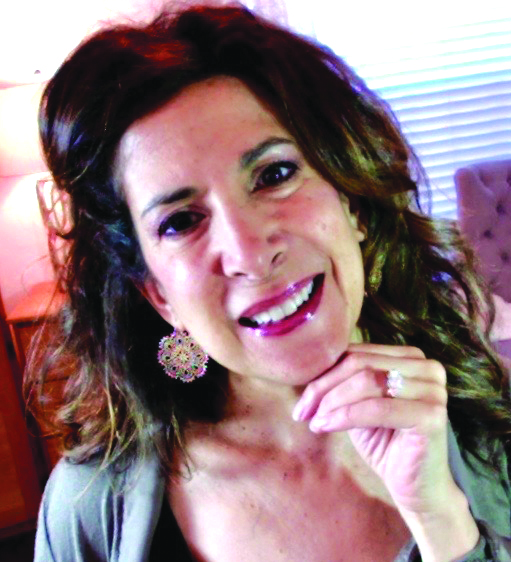
Connie DelGiudice, EdD
In private practice and as an adjunct professor, Connie specializes in working with individuals suffering the negative effects of sexual abuse. Her earlier work originated as a director of the Family Safety “& Awareness Program (Sexual Abuse and a Sexual Touching Problems Program). Connie has conducted trainings for other helping professionals, developed human sexuality courses for several universities, and served on task forces surrounding child and adolescents with atypical sexual behaviors. She served on Florida’s Children’s Medical Services special projects workgroup developing guidelines for the state’s Sexual Abuse Treatment Programs, revising the SATP Handbook, and working on safety planning and reunification protocols. drconstancedelgiudice.com

